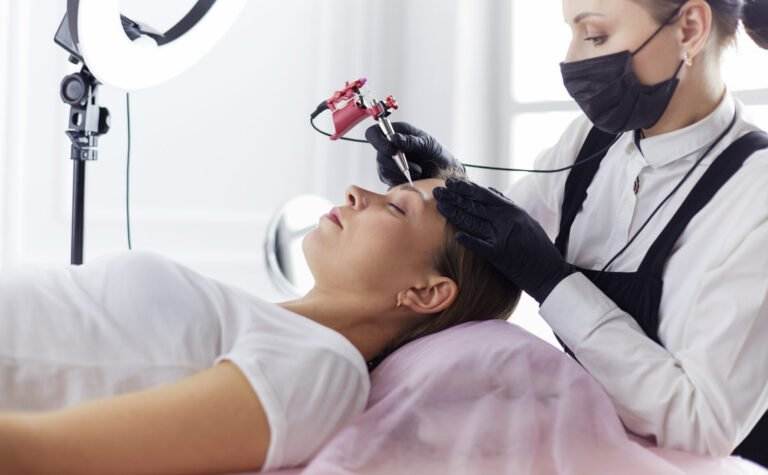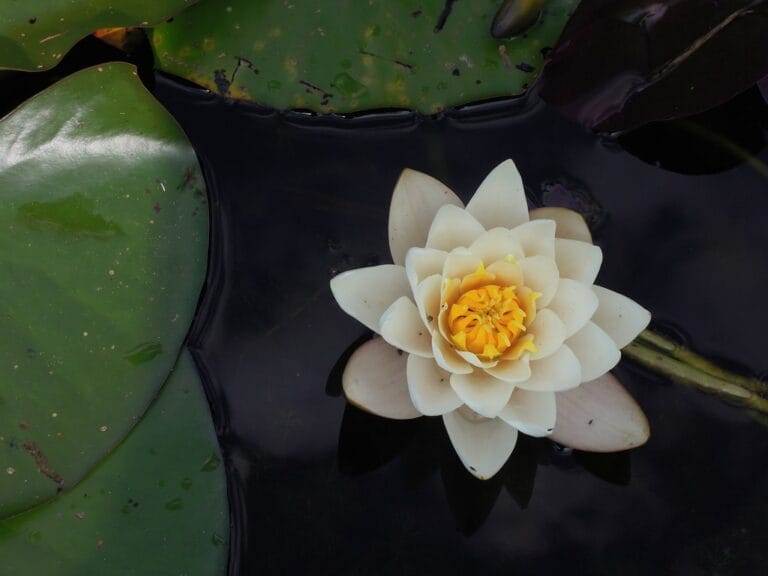Body piercing aftercare is a crucial part of the piercing process that is often overlooked or misunderstood. It involves taking care of your new piercing to prevent infections, promote healing, and maintain its appearance. Many people have misconceptions about aftercare, such as believing that simply rinsing with water is enough or that applying alcohol or hydrogen peroxide will help with healing. However, these practices can actually do more harm than good.
Proper aftercare is essential because it helps prevent infections, which can lead to serious complications. When a piercing is done, the skin is punctured, creating an open wound. Without proper care, bacteria can enter the wound and cause an infection. Infections can be painful and may require medical intervention, such as antibiotics or even removal of the piercing.
Aftercare also plays a crucial role in promoting healing. By following the recommended cleaning routine and avoiding certain activities that can irritate the piercing, you can help your body heal faster and reduce the risk of complications. Additionally, aftercare helps maintain the appearance of the piercing by preventing scarring and ensuring that the jewelry stays in place.
San Diego’s Body Piercing Scene: What You Need to Know Before Getting Pierced
San Diego is known for its vibrant body piercing scene, with numerous studios and piercers offering a wide range of services. From traditional earlobe piercings to more unique placements like septum or nipple piercings, there is something for everyone in San Diego.
When considering getting a piercing in San Diego, it’s important to choose a reputable piercer and studio. Look for studios that have a clean and sterile environment, use high-quality jewelry, and have experienced piercers who follow proper safety protocols. Reading reviews and asking for recommendations from friends or online communities can help you find a trustworthy piercer.
Researching and selecting a piercer in San Diego can be overwhelming, but it’s worth taking the time to find someone who is skilled and knowledgeable. Look for piercers who are certified by reputable organizations, such as the Association of Professional Piercers (APP). These certifications ensure that the piercer has undergone proper training and follows strict safety guidelines.
Cleaning Your Piercing: The Dos and Don’ts
Cleaning a new piercing is an essential part of aftercare. The frequency and technique of cleaning will depend on the type of piercing and the advice given by your piercer. In general, you should clean your piercing twice a day using a saline solution or a gentle, fragrance-free cleanser.
When cleaning your piercing, it’s important to avoid using harsh products or excessive force. Scrubbing or rotating the jewelry can cause irritation and delay the healing process. Instead, gently clean around the piercing using a cotton swab or clean hands. Make sure to rinse off any residue from the cleaning solution to prevent further irritation.
Choosing the Right Cleaning Products: What to Look for and What to Avoid
There are various types of cleaning solutions available for body piercings, but not all of them are suitable for every piercing. It’s important to choose a product that is specifically formulated for piercings and does not contain any harsh ingredients or irritants.
Saline solution is a popular choice for cleaning piercings because it is gentle and effective. You can either purchase pre-made saline solution or make your own by mixing non-iodized sea salt with distilled water. Avoid using table salt or iodized salt, as they can irritate the piercing.
Avoid using alcohol, hydrogen peroxide, or any other harsh products on your piercing. These can dry out the skin, delay healing, and increase the risk of infection. Stick to gentle cleansers that are specifically designed for piercings.
Avoiding Infections: Signs to Watch Out For and How to Prevent Them
Infections are a common concern when it comes to body piercings, but with proper aftercare, they can be easily prevented. It’s important to be aware of the signs of infection so that you can take action if necessary.
Some common signs of infection include redness, swelling, pain, heat, and discharge that is yellow or green in color. If you notice any of these symptoms, it’s important to seek medical attention as soon as possible. Infections can spread quickly and may require antibiotics to treat.
To prevent infections, it’s important to practice good hygiene. Wash your hands thoroughly before touching your piercing and avoid touching it unnecessarily. Avoid swimming in pools, hot tubs, or bodies of water until your piercing is fully healed, as these environments can harbor bacteria.
Managing Pain and Discomfort: Tips for a Smooth Healing Process

It’s normal to experience some pain and discomfort after getting a new piercing. The level of pain will vary depending on the individual and the location of the piercing. However, there are several ways to manage pain and promote a smooth healing process.
Over-the-counter pain relievers such as ibuprofen or acetaminophen can help alleviate pain and reduce inflammation. Follow the instructions on the packaging and consult with your healthcare provider if you have any concerns.
Home remedies such as warm saline soaks or chamomile tea compresses can also provide relief. These natural remedies can help reduce swelling and soothe the piercing site. Make sure to follow proper hygiene practices when using home remedies and consult with your piercer if you have any questions.
Changing Your Jewelry: When and How to Do It Safely
Changing your jewelry too soon can disrupt the healing process and increase the risk of complications. It’s important to wait until your piercing is fully healed before attempting to change the jewelry.
The healing time for each piercing will vary, but as a general guideline, most piercings take at least 6-8 weeks to heal. However, some piercings, such as cartilage piercings, may take longer to heal.
When changing your jewelry, make sure to use high-quality jewelry that is appropriate for your piercing. Avoid using cheap or low-quality jewelry, as it can cause irritation or allergic reactions. Clean your hands thoroughly before handling the jewelry and follow the instructions provided by your piercer.
Handling Complications: What to Do If Something Goes Wrong
Complications can occur with any piercing, even with proper aftercare. It’s important to be aware of the signs of complications and know what to do if you notice any issues.
Migration and rejection are common complications that can occur when the body tries to push out the foreign object (the jewelry). Signs of migration or rejection include the jewelry moving or shifting position, the skin becoming thin or discolored around the piercing, or the jewelry becoming visible under the skin.
If you notice any signs of complications, it’s important to seek professional help. Your piercer or a healthcare provider can assess the situation and provide appropriate advice or treatment. Do not attempt to remove the jewelry yourself unless instructed to do so by a professional.
Long-Term Aftercare: How to Keep Your Piercing Healthy and Beautiful for Years to Come
After your piercing has fully healed, it’s important to continue practicing good aftercare habits to maintain its health and appearance. Regular cleaning and check-ups with your piercer can help prevent issues and ensure that your piercing stays in good condition.
Clean your piercing regularly using a gentle cleanser or saline solution. Avoid using harsh products or excessive force when cleaning. Make sure to rinse off any residue from the cleaning solution and pat dry gently with a clean towel.
Regular check-ups with your piercer can help identify any potential issues early on and provide guidance on how to care for your piercing. Your piercer can also help you choose new jewelry or make any necessary adjustments to your existing jewelry.
The Importance of Patience, Diligence, and Professional Help in Body Piercing Aftercare in San Diego
In conclusion, aftercare is a crucial part of the body piercing process that should not be overlooked. It plays a vital role in preventing infections, promoting healing, and maintaining the appearance of the piercing. When getting a piercing in San Diego, it’s important to choose a reputable piercer and studio that prioritize safety and cleanliness.
Cleaning your piercing properly and using the right products are essential for preventing infections and promoting healing. Avoiding harsh products and practicing good hygiene can go a long way in maintaining the health of your piercing.
If complications arise or you have any concerns about your piercing, it’s important to seek professional help. Your piercer or a healthcare provider can assess the situation and provide appropriate advice or treatment.
Remember, patience and diligence are key when it comes to aftercare. By following the aftercare instructions provided by your piercer and taking care of your piercing over time, you can enjoy a healthy and beautiful piercing for years to come.
If you’re interested in body piercing aftercare, you might also want to check out this article on the growing popularity of piercings and its positive impact on self-expression. It explores how body piercings have become a popular form of personal expression and how they can empower individuals to embrace their unique style. Read more





